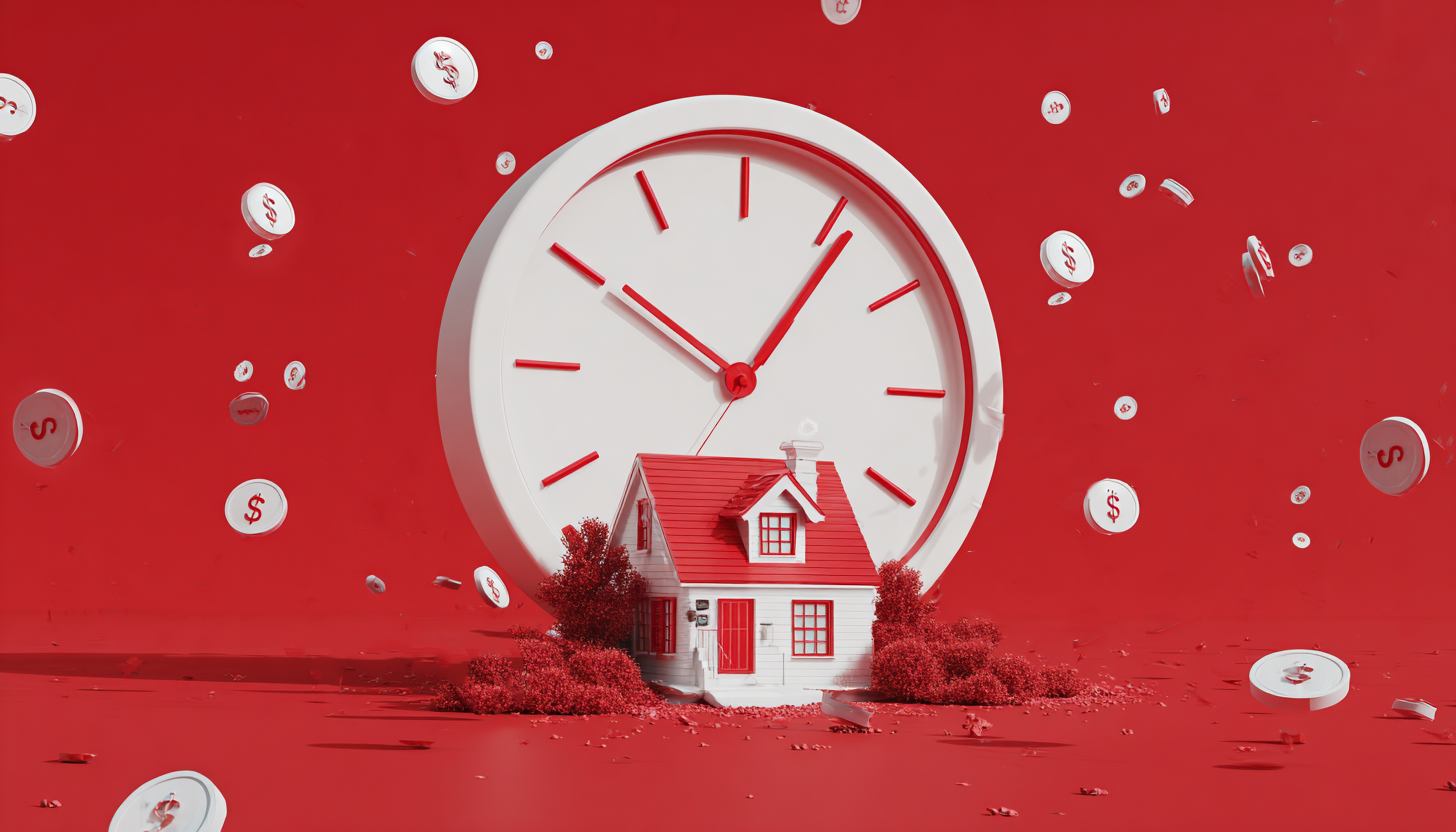
If you are not redirected within 30 seconds, please click here to continue.
Samedi: 10h – 16h HAE

If you are not redirected within 30 seconds, please click here to continue.
If you are not redirected within 30 seconds, please click here to continue.
When Not to Expect the Lowest Mortgage Rate

When shopping for a mortgage, everyone and their neighbour wants the lowest rate.
Who wouldn’t, considering a mortgage is the biggest debt most people ever have?
A seemingly piddly difference in interest rate could amount to thousands of dollars over the mortgage term.
For the bargain hunters among us, now's a historically good time to be shopping for a mortgage, especially if you’re looking for a fixed rate. Most of them are just a stone's throw from their two-year lows.
According to RateSpy.com, the cheapest five-year fixed rate available nationwide on a conventional mortgage is 2.49%. Not too shabby, considering rates were around a percentage point higher just nine short months ago.
But these great rates aren’t suitable for everyone.
"Low Frills" vs. Full-Featured Mortgages
If rock-bottom rates are what you’re after, don't be surprised if you lose some bells and whistles. Expecting the lowest rates on the most flexible mortgage is like flying coach and expecting braised lamb shanks and a glass of Prosecco for the in-flight service.
While this has been happening less frequently of late, some of the lowest mortgage rates are often for “quick closes." That means the rate is only guaranteed for 30-, 45- or 60-days from when you submit your application. If you need more time to close your mortgage, you’ll want a rate with a 90- or 120-day rate hold instead. Those entail higher hedging costs for lenders and, hence, higher rates.
Other factors that can boost your mortgage rate include everything from:
- The location of your property (you have more mortgage selection in a big city than if you live in the boonies)
- Whether it’s a rental/investment or vacation property
- Your personal financial details, such as your credit score, debt ratios and income type, to name a few.
Essentially, for anything that adds risk or additional cost for your mortgage lender, you can bet the house they’ll be passing that cost along to you.
Here are other examples of factors that can boost your mortgage rate. Note, this is how much more you might pay versus the best rate available for the term you want:
If you:
- Have a credit score below 680 to 720: add 0.10 to 0.25+ percentage points
- A score under 600 could add over 2.00+ additional percentage points to your rate and trigger extra lending fees
- Require an extended amortization up to 30 years instead of 25 years: add 0.10+ percentage points
- Have a high debt ratio (i.e., greater than 44 percent of your income, assuming great credit): add 0.20 to 0.30+ percentage points
- Want to refinance to consolidate existing debt: add 0.20+ percentage points
- Finance a home worth more than $1 million: add 0.20+ percentage points
- Are financing an investment property: add 0.25+ percentage points
- Want a skip-a-payment feature, which allows you to defer a monthly payment: add 0 to 0.25 percentage points
- Are buying a three-season cottage (that's default-insured): add 0.20+ percentage points
- Finance a property located in a rural location (assuming it's not a farm): add 0.10 to 0.20+ percentage points.
There are lots of exceptions to the above estimates, but you’re starting to get the idea. More features, or greater risk and/or cost to the lender = a higher mortgage rate.
Save Now, Pay Later
One of the best reasons to pay a little bit more for your mortgage is to have a favourable penalty policy. That's a wallet-saver should you need to break the mortgage early.
Even though you’re thinking, but I would never break my mortgage early, know this: the majority of mortgages are renegotiated well before five years. The average five-year mortgage lasts just 3.7 years.
Many of those who have paid thousands—or even tens of thousands—in mortgage breakage penalties, most likely never thought they’d have to discharge their mortgage early. Think of a "fair penalty" mortgage as a cheap insurance policy against a worst-case scenario.
That's something to weigh carefully given that a "no-frills" rate (with a restrictive penalty) can often be had for 10-20 bps less than a comparable full-featured mortgage rate.
Consider the math:
Assume you're choosing between two rates (a 2.99% no-frills with 2.75% penalty and 3.19% fully-featured) and have a $400,000 mortgage with a 25-year amortization.
If you break the mortgage after two years, the no-frills penalty would be $10,388. That compares to just three months’ interest ($2,824) to break the full-featured mortgage.
The no-frills mortgage would have saved you $1,555 in interest but cost you $7,564 more overall. Even if there were just a one in three chance of you breaking the mortgage early, you'd still pay more by choosing that lower rate.
Tips for Lowering Your Rate
We’ve covered some reasons why you might be compelled to pay a higher mortgage rate. But there are steps you can take to shave precious basis points off your interest costs.
Here are a couple:
- Compare rates aggressively. A poll from Mortgage Professionals Canada found mortgage consumers aren’t shopping around enough. While the average customer sought out two quotes, nearly half obtained their mortgage from the first mortgage provider they contacted. That’s bad.
A U.S. study found that those who obtained five rate offers saved an average of 16.6 basis points on their rate, which translates into $2,100 or so over five years. The moral of the story: Shop around and start with a rate comparison site. - Negotiate. Surveys have shown that as many as four out of 10 Canadians surveyed admit to not knowing you can negotiate a mortgage rate. Lenders and brokers don't want to lose your business, but they often over-quote. If you have an opportunity to knock 10 basis points off the rate being offered, and you don't, you’re leaving roughly $470 on the table per $100,000 of mortgage. (Assuming a standard mortgage with a 25-year amortization.)
Get money-saving tips in your inbox.
Stay on top of personal finance tips from our money experts!








